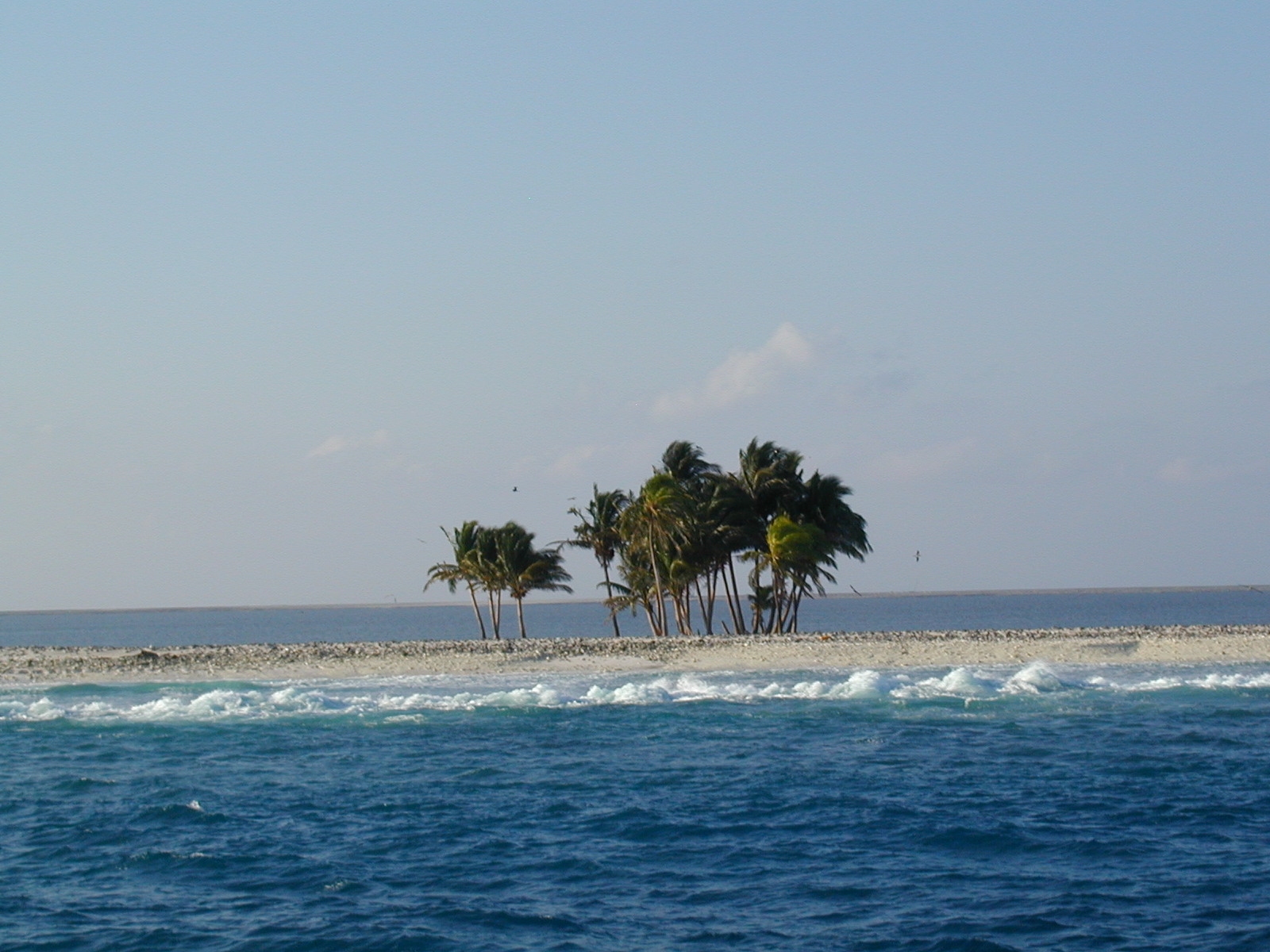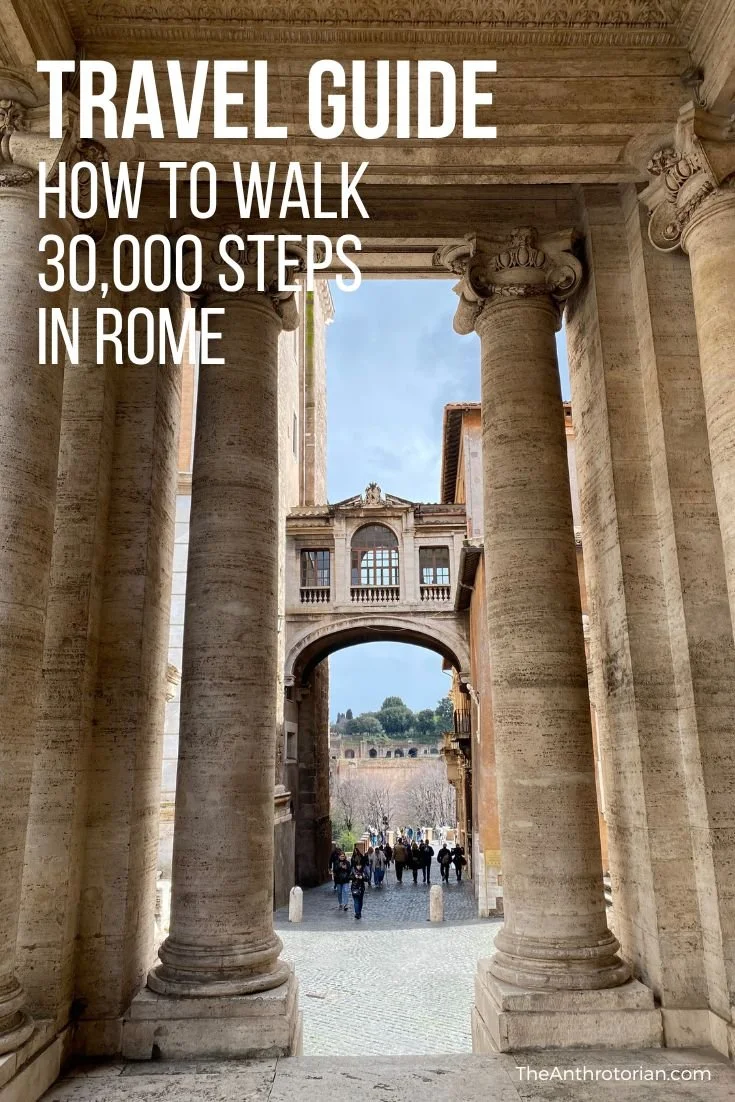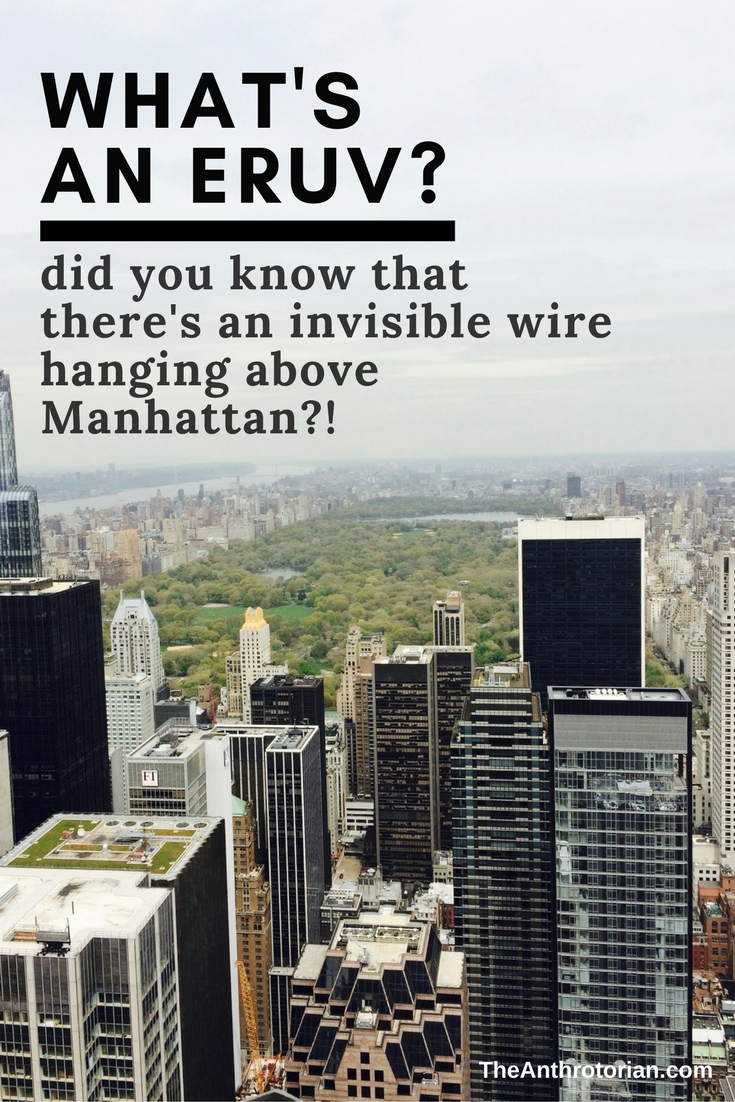While there are tourist sites, museums, art galleries, and more to see on Oahu, my favorite things to do on the island involve slowing down, taking advantage of the weather, and generally chilling out.
Read More3 Islands You NEVER Want To Visit
White sand, palm trees, gentle breezes and sparkling blue water — who wouldn't want to spend time on a tropical island?! After the long, cold winter I just lived through, I would take a hot island escape in a second.
It turns out however, that not every island in this world is a so-called "paradise" destination. Here are three islands that I guarantee you won't want to go anywhere near.
A small patch of trees is the only vegetation on Clipperton Island (source)
1. Clipperton Island
This tiny, ring-shaped atoll sits about 1,000 km off the southwest coast of Mexico. It is covered is hard, pointy coral and is battered on all sides by the Pacific Ocean and steady winds. A few palm trees are its only vegetation, there is no fresh water, the island reeks of ammonia, the lagoon around it is devoid of fish (but FULL OF SHARKS) and contains some deep basins including "the bottomless hole" that has acidic water at its base.
If this isn't enough to convince you to stay away, the terrible history of the island will.
Having changed hands frequently (it has belonged to the French, US and Mexico), in the early 1900s, Mexico established a colony there, delivering supplies by boat regularly. That is until the Mexican Revolution broke out and the deliveries stopped. Slowly, the inhabitants started dying until all that remained was one man and a handful of women and children. The man decided he was "king" of the island and started raping and murdering the women until they turned on him and he was killed. The last four survivors were rescued soon after, and no one (other then the odd castaway) has occupied the island since.
One of the few photos of the inhabitants of North Sentinel Island (source)
2. North Sentinel Island
Part of the 572 islands in the Bay of Bengal between Myanmar and Indonesia, this island was formally a part of the Republic of India. That is until it was declared "closed" in order to preserve the distinct culture of the people living there.
For thousands of years, this island has been home to a small tribe called the Sentinels who have violently resisted contact by outsiders. Completely untouched, the inhabitants kill anyone who tries to get near the island, driving off all outsiders with spears and arrows.
There are estimated to be anywhere between 50-400 of them living on the island that is roughly the size of Manhattan, but because the island is so heavily forested, their buildings are not visible, and no one can get near them, there is really no way to know. (Even Google Earth can't penetrate the tree cover to give us a better look at the individuals living here).
The last documented contact with these mysterious people was in 2006 when Sentinelese archers killed two fisherman who were within range of the island. The archers later drove off, with arrows, the helicopter that was sent to retrieve the bodies.
Snake Island from above — nobody's crazy enough to get any closer! (source)
3. Ilha de Queimada Grande (Snake Island)
If you are headed to Brazil, I suggest staying as far away as possible from this untouched paradise. Even the Brazilian Navy has forbid anyone from stepping foot on this island because it is so dangerous!
Why?
Because there are between one and five snakes per square metre living on the island.
And, I'm not talking harmless garter snakes. The palms and sandy beaches of this paradise are populated by a unique species of pit viper called the golden lancehead containing a fast-acting poison that literally melts human flesh.
Snakes win this one.
Related Posts
Travel Tips: Your Guide To Safely Drinking (Or Not Drinking) The Water When You Travel
According to water.org, 3.575 million people die each year from water related diseases.
For those of us who are lucky enough to call countries that have fresh, clean drinking water home, it is important to remember that the majority of the places we will travel to are not so lucky.
It's easy to forget the brushing your teeth, having a shower, or needing to wet a dry throat in the middle of the night that the water might not be safe to drink.
Here are a few things to keep your tummy safe on your next trip:
NEVER drink tap water unless you are 100% sure that it is safe (so basically never).
Bottled water is usually ok, but make sure you check the seal carefully before you buy. I have heard of scams where shop owners will refill old bottles with tap water and then put them back on the shelves.
Pack iodine tablets. They are lightweight, don’t take up much room and will be lifesavers if you ever find yourself with no access to clean water.
If your trip is going to involve isolation (example: mountains in Tibet or the Gobi Desert), I recommend picking up an actual water filter and/or purifier. Many of them are now made to easily connect to a water bottle and come with small hand pumps.
Boiling water is still the best way to purify it. You can purchase small electrical coils for this purpose at most outdoor/travel stores.
When eating or drinking in restaurants, avoid ice or fresh juice unless you can confirm that both were made with filtered water. The same goes for tea and soup that may not have been brought to a boil.
Be careful not to swallow any water when brushing your teeth (or just use bottled water) and showering.
When in doubt, end your day of touring with a shot of hard liquor or a beer, and hope that the alcohol will kill any parasite that you swallowed with your water!










